Posted by Amanda Alexander, Product Manager, Android
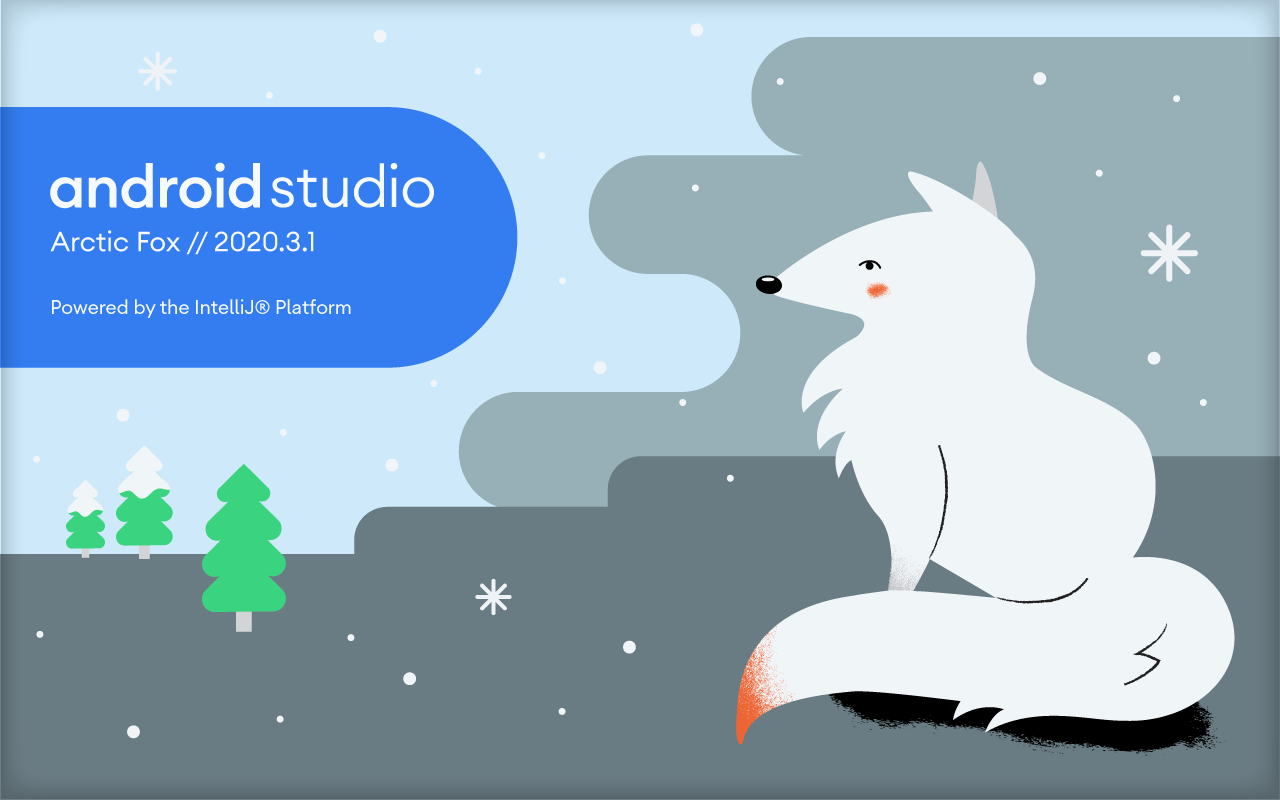
We are excited to announce that Android Studio Arctic Fox is now available to download in the stable release channel. This latest release brings to life Jetpack Compose 1.0, Android's new toolkit for building native UI. The release also focuses on devices, including Wear OS, and helps with developer productivity, with features like a new Background Task Manager. We used your feedback to create this suite of new Android Studio features that will help empower the developer community to create high quality, modern apps across devices faster!
Note: As we announced last year, we adjusted our version numbering of Android Studio to match the year and version of the IntelliJ IDEA that Android Studio is based on, plus our own patch number. We will be using code names (in alphabetical order); the first is Arctic Fox and the next is Bumblebee (currently in canary).Android Studio Arctic Fox (2020.3.1) updates Android Studio to version 2020.3 of the IntelliJ platform which adds a slew of new features including debugger interactive hints, VCS updates, and several new code editor enhancements to speed up your workflow. Learn more.
To support rapid design of modern UI, we added additional features for Jetpack Compose. Compose Preview lets you create previews of multiple components of your Compose UI to instantly see the impact of your changes across dimensions (such as themes, screen and font sizes, and more). The Deploy Preview to device feature enables deploying snippets of your Compose code directly to a device or emulator so you can quickly test small parts of your code. If you want to dive deeper into your Layouts, we added Compose support to the Layout Inspector to help you understand how your layouts are rendered. Additionally, we added Live Editing of literals so you can instantly see your Compose code changes in previews and when running your app on an emulator or physical device without the need for compilation.
For increased device support, we built a new Wear OS pairing assistant to simplify the pairing of Wear OS emulators with physical or virtual phones. To use the newest Wear OS version, you can now access the developer preview of the Wear OS 3 system image. When you run the Wear OS emulator, you will also find added support for the Heart Rate Sensor API. For apps targeting Google TV, we added the newest Google TV Remote Control features and updated the Google TV system images to reflect the latest UI design. Additionally, we have completed the development and testing workflow for the Automotive OS by enabling the emulator to use car sensor data to simulate driving use cases. For apps targeting tablets, we have updated all templates to support landscape out of the box. Whether you are developing for small or large screen devices, we have included new features to help you keep innovating and building amazing apps.
Lastly, in an effort to boost developer productivity, we have added features to help you work more efficiently. For example, we added lint checks for Android 12 to provide guidance on building apps for the next version of Android. To help you test your code, we added an Accessibility Scanner for Layout Editor so you can more easily identify accessibility issues in your layouts and the new Test Matrix lets you view test results in real time across multiple devices in parallel. Additionally, we added preview support for Apple Silicon (arm64) hardware and extended the emulator controls for wider coverage in testing. Lastly, for debugging, the new Background Task Inspector helps you to analyze your app's background workers.
There are many enhancements to Android Studio Arctic Fox. To see the full list of changes, view the Android Studio Arctic Fox (2020.3.1) Beta release blog and release notes. You can take a look below at some highlights of the changes.
What's new in Android Studio Arctic Fox
Design
Use the @Preview annotation to generate previews of Compose code and visualize the different configurations of multiple components (e.g. devices or themes). Compose Preview can make it simpler for you to construct a mental mapping of the composables in your code.
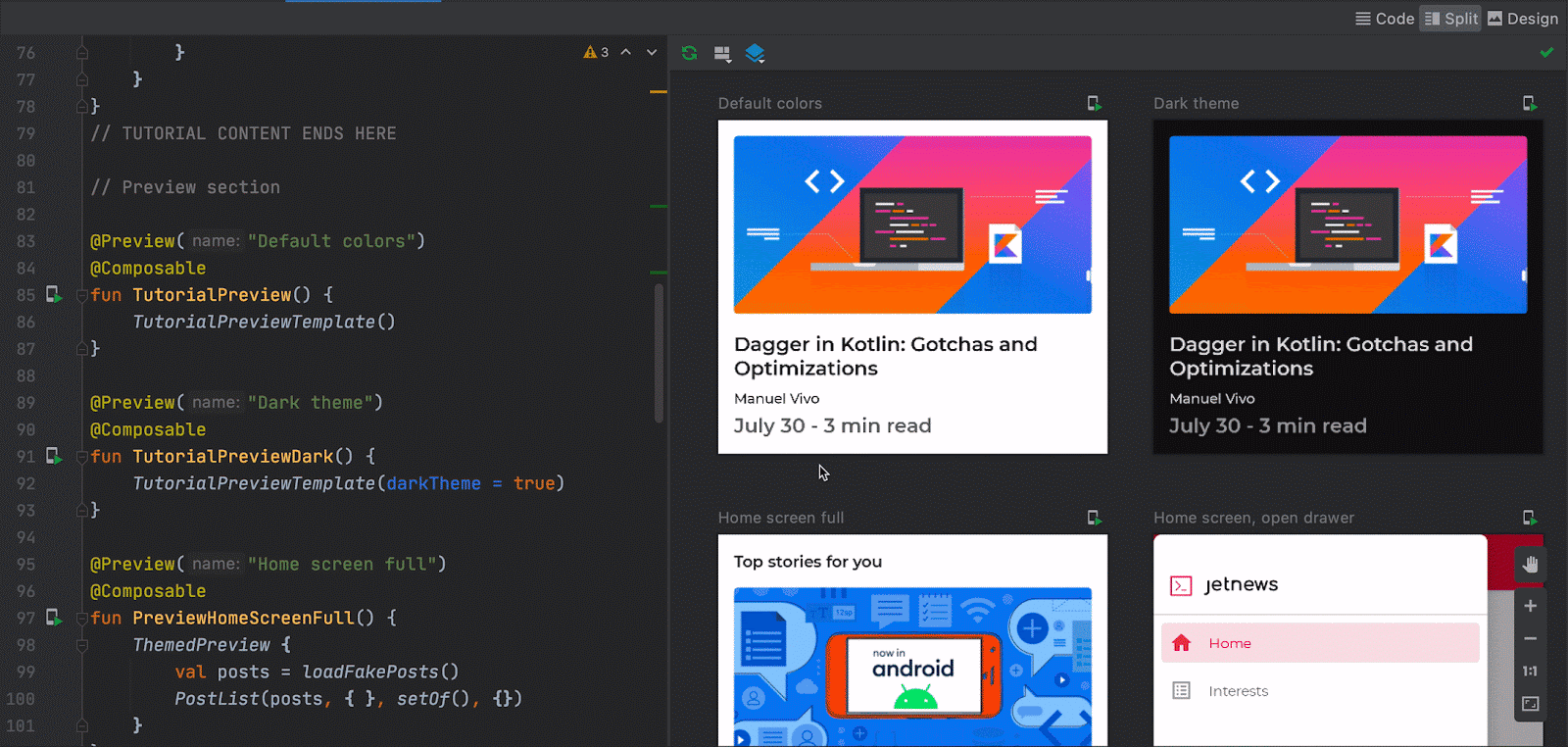
Compose Preview
Layout Inspector for Compose
For both apps written fully in Compose and apps with some Compose alongside Views, Layout Inspector makes it possible to get more details on your layouts and troubleshoot. For example, you will be able to see the parameters and modifiers passed to each composable. There is an option to turn on Live Updates to stream data from your device as you develop your app.
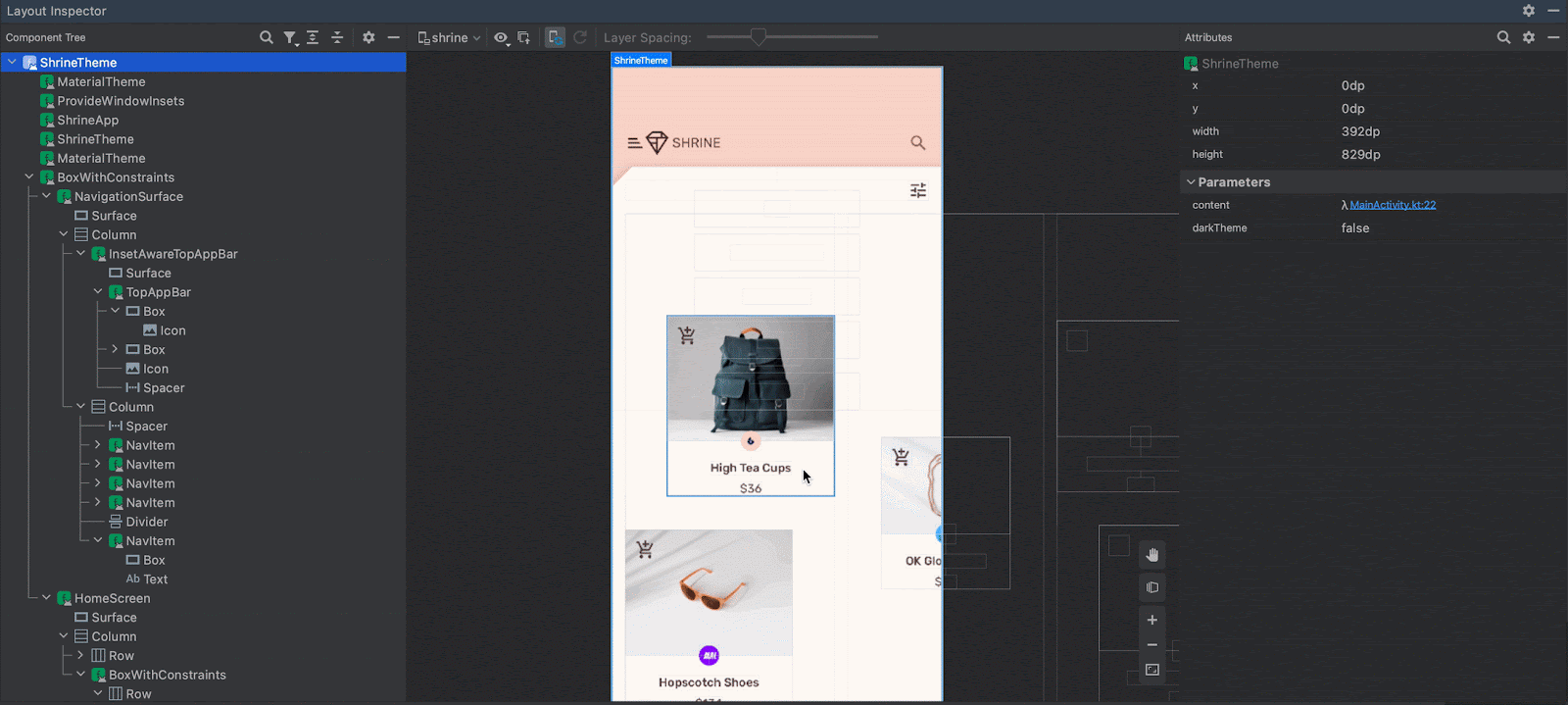
Compose Layout Inspector
Live Edit of literals
You can now quickly edit literals (strings, numbers, booleans, etc.) inline and see the immediate results on the change on screen (previews, emulator, or physical device), without having to compile.
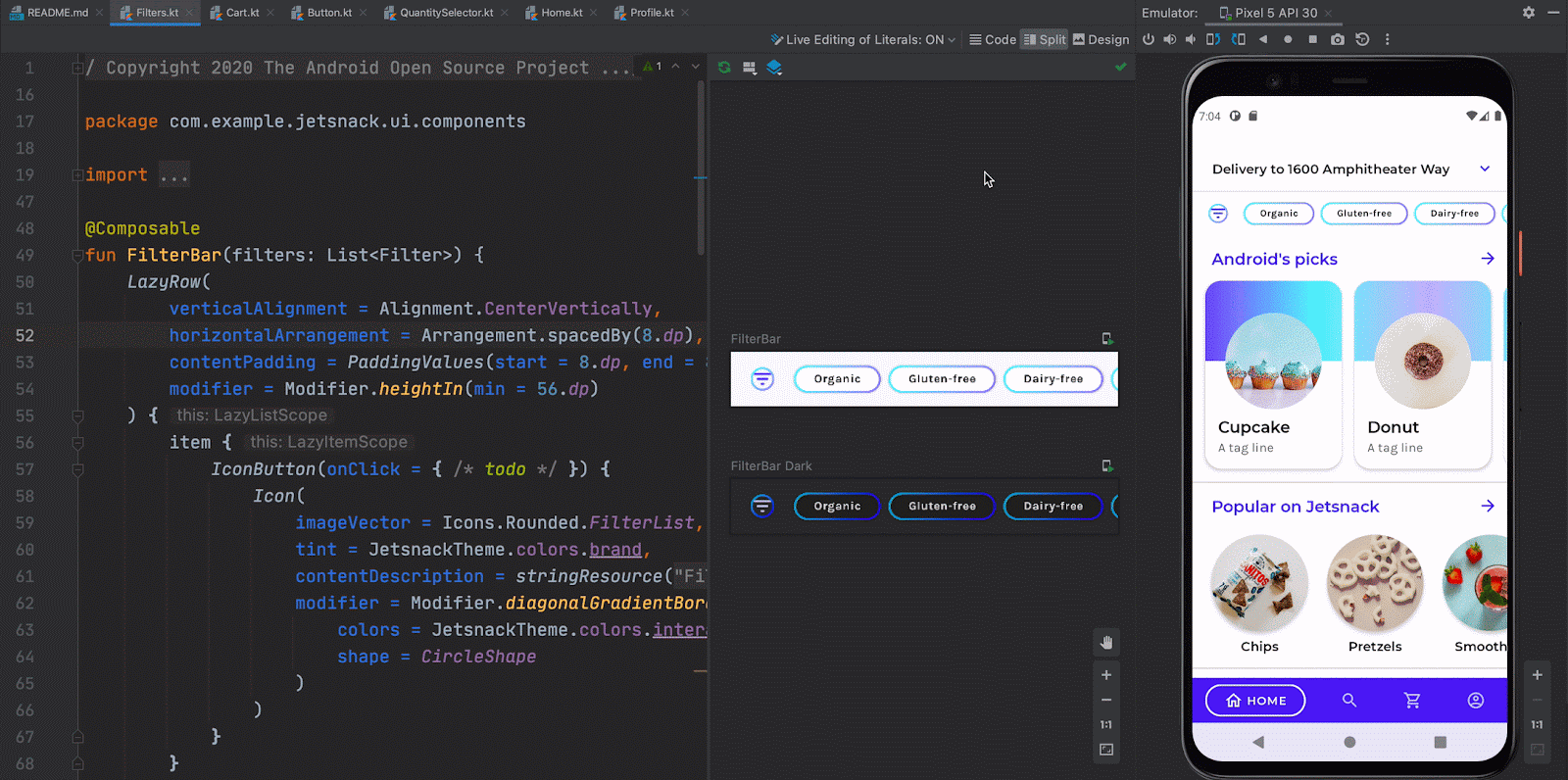
Live Edit of Literals: edit strings and see it reflected immediately in Preview
Devices
Wear OS Pairing
The new Wear OS Pairing assistant will help walk you through the pairing process to make pairing Wear OS emulators with virtual or physical phone simple. Note that this feature assists with pairing with Wear OS 2 companion; support for Wear OS 3 will be coming soon. Learn more.

Wear OS emulator pairing assistant dialog
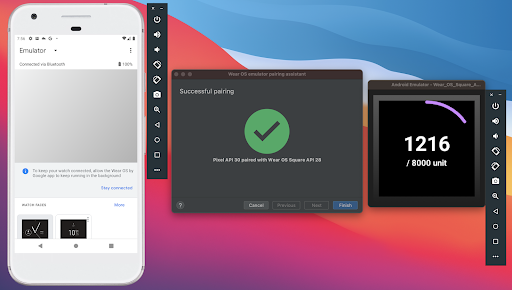
Phone + Watch emulators paired successful state
Developer Productivity
Background Task Inspector
You can use the new Background Task Inspector to visualize, monitor, and debug your app's background workers when using WorkManager library 2.5.0 or higher on a device running API level 26 and higher. You can access it by selecting View > Tool Windows > App Inspection from the menu bar. Learn more.

To recap, Android Studio Arctic Fox (2020.3.1) Stable includes these new enhancements & features:
Design
- Compose Preview
- Compose Layout Inspector
- Deploy Preview to Device
- Live Edit of literals
Devices
- Wear OS Pairing
- Heart Rate Sensor
- New Wear OS system images
- Google TV Remote Control
- Google TV system Images
- Automotive OS Sensor Replay
- Templates support for Tablets
Developer Productivity
- IntelliJ 2020.3.1
- Android 12 lint checks
- Non-transitive R classes Refactoring
- Apple Silicon Support Preview
- Android Emulator Extended Controls
- Background Task Inspector
- Accessibility Scanner in Layout Editor
- Test matrix
- Memory Profiler new recording UI
- AGP Upgrade Assistant Improvements
- C++ editor: Set execution point in debugger
Check out the Android Studio release notes, Android Gradle plugin release notes, and the Android Emulator release notes for more details.
Getting Started
Download
You can download the latest version of Android Studio Arctic Fox from the download page and download the Apple Silicon preview build here. If you are using a previous release of Android Studio, you can simply update to the latest version of Android Studio. If you want to maintain a stable version of Android Studio, you can run the stable release version and canary release versions of Android Studio Arctic Fox at the same time. Learn more.
We appreciate any feedback on things you like, and issues or features you would like to see. If you find a bug or issue, feel free to file an issue. Follow us -- the Android Studio development team ‐ on Twitter and on Medium.



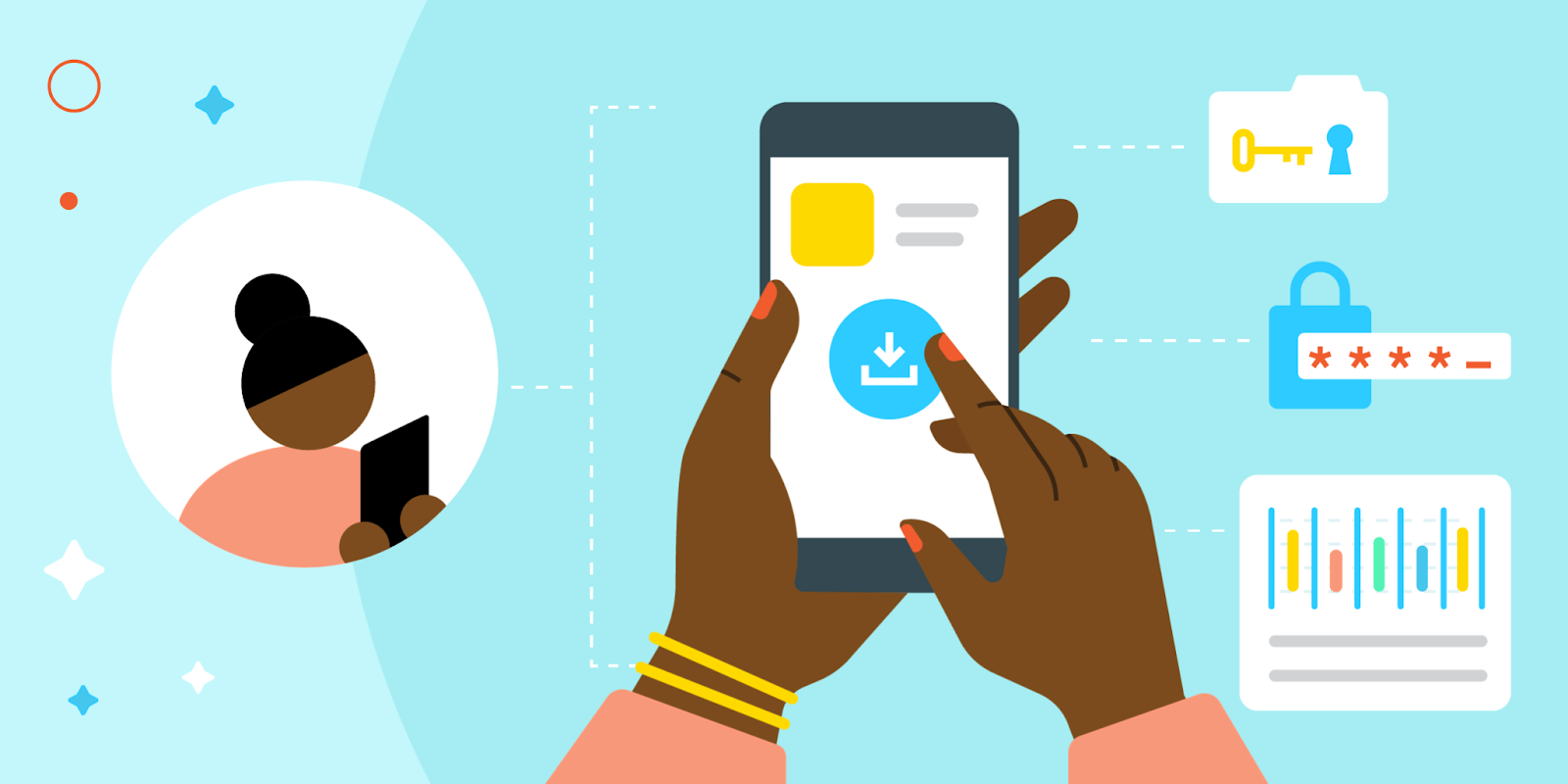
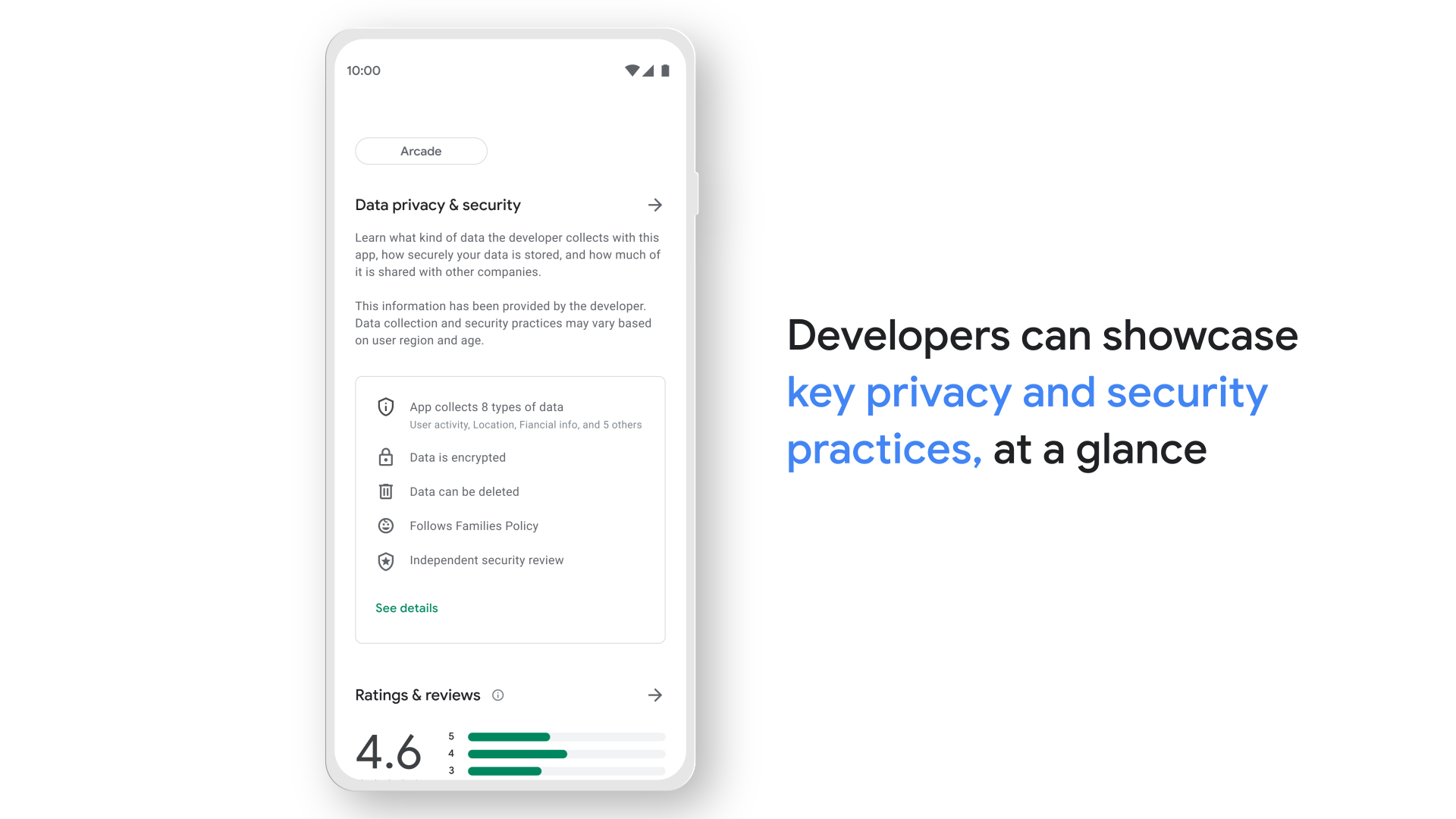
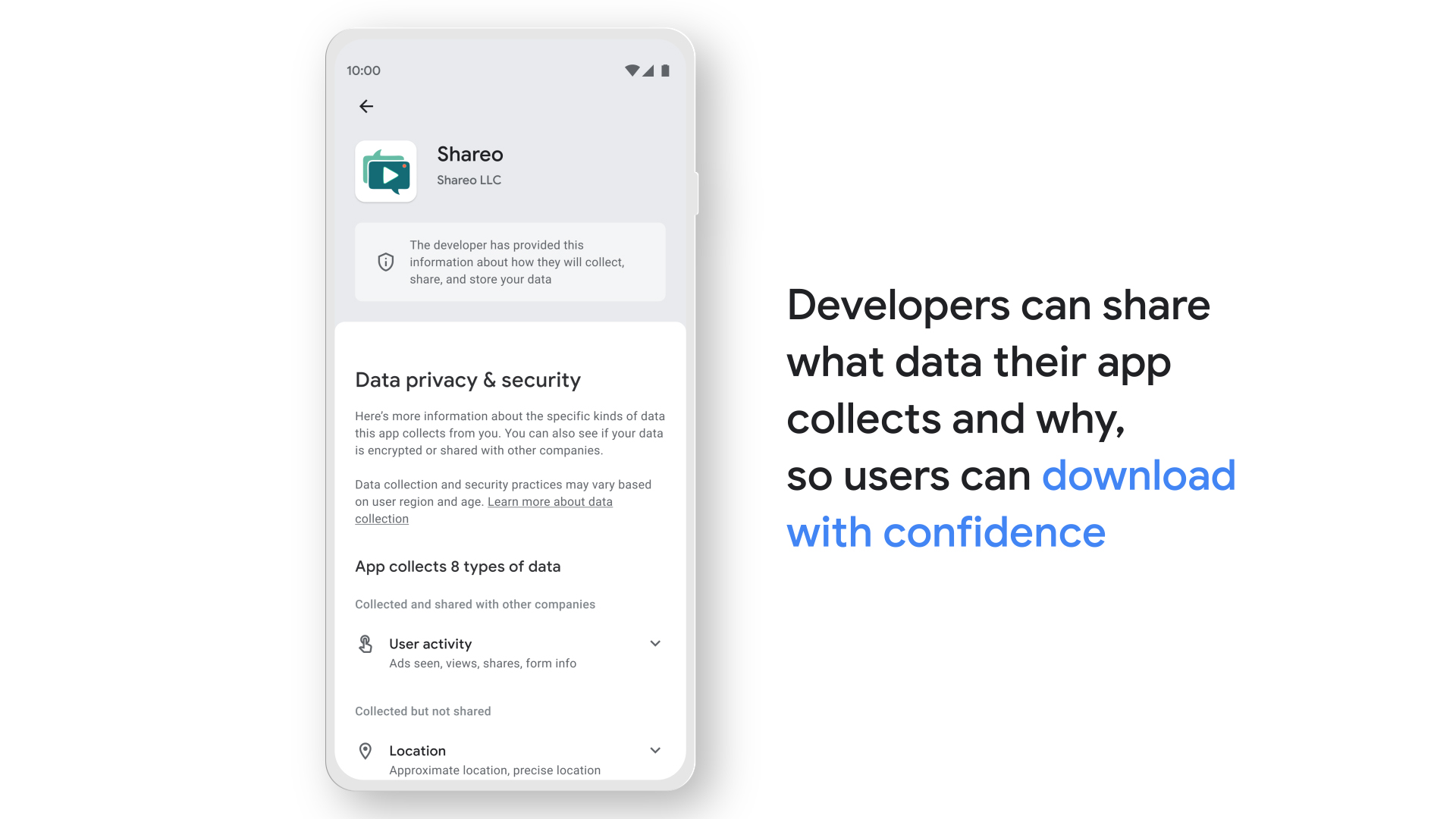


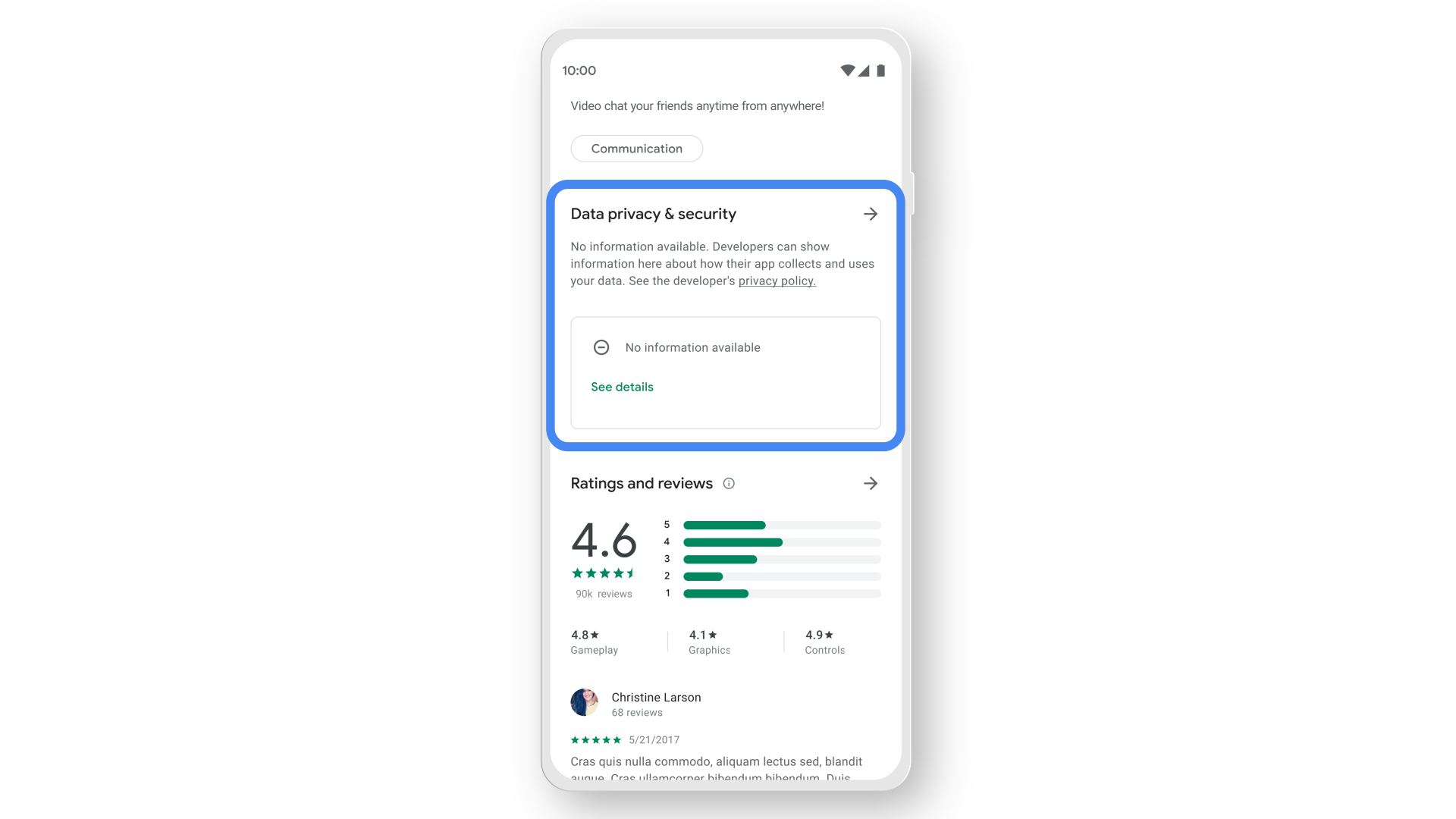


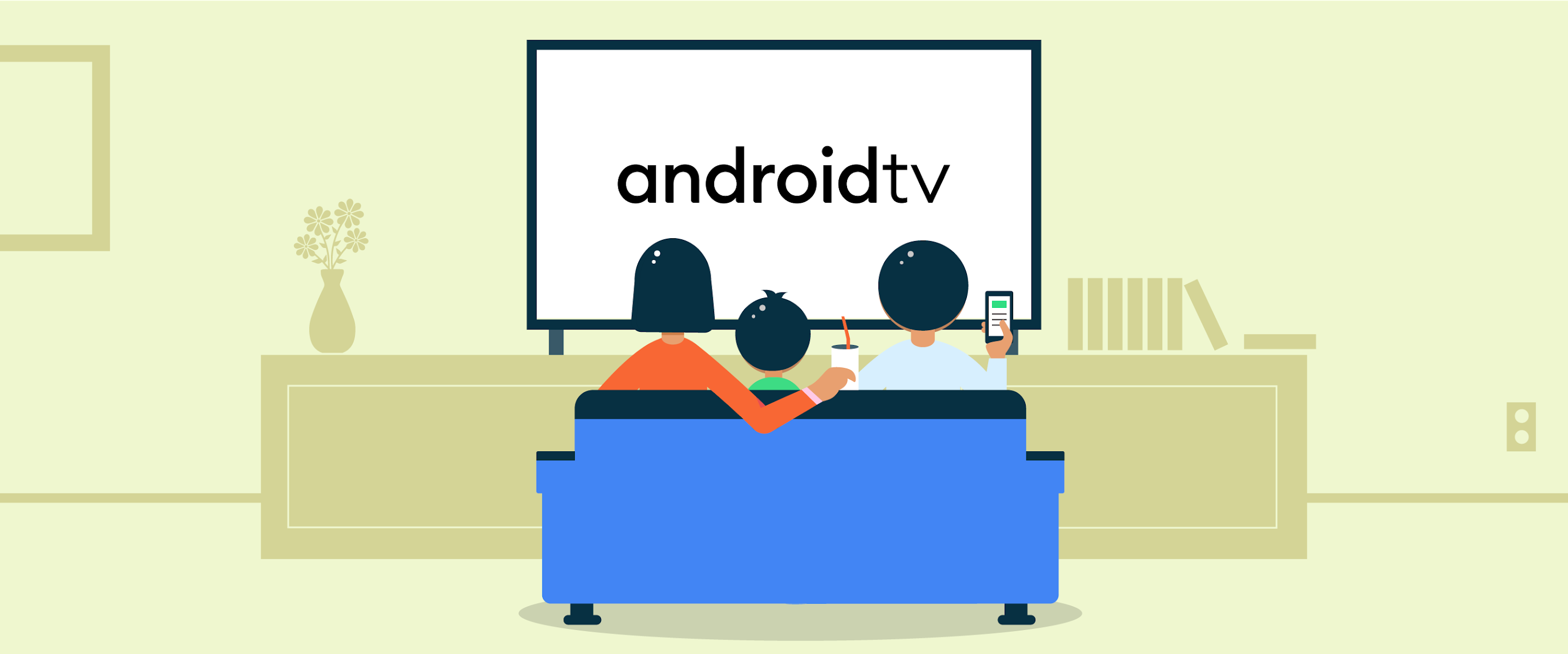 Posted by Wolfram Klein, Product Manager, Android TV OS
Posted by Wolfram Klein, Product Manager, Android TV OS
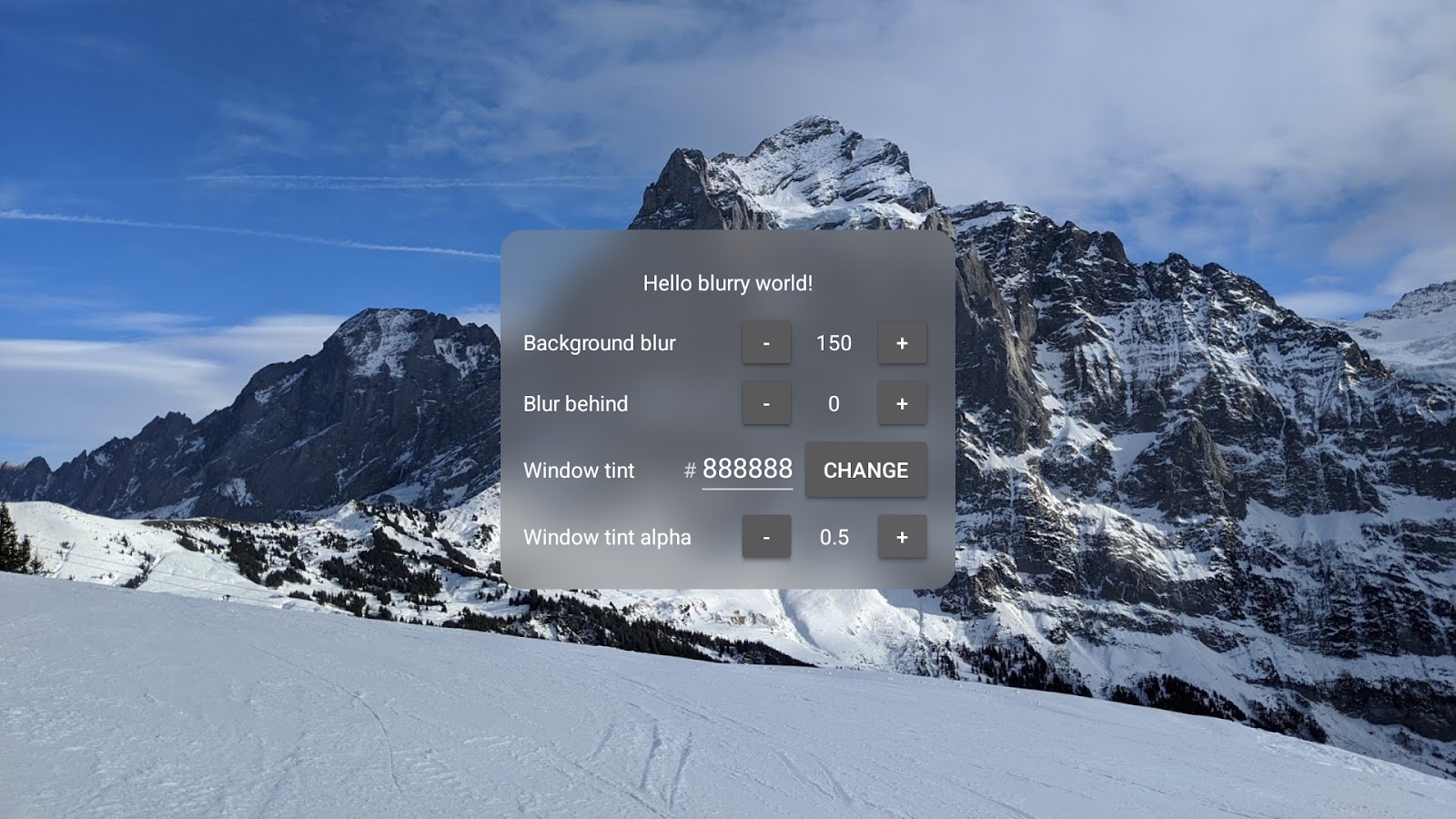




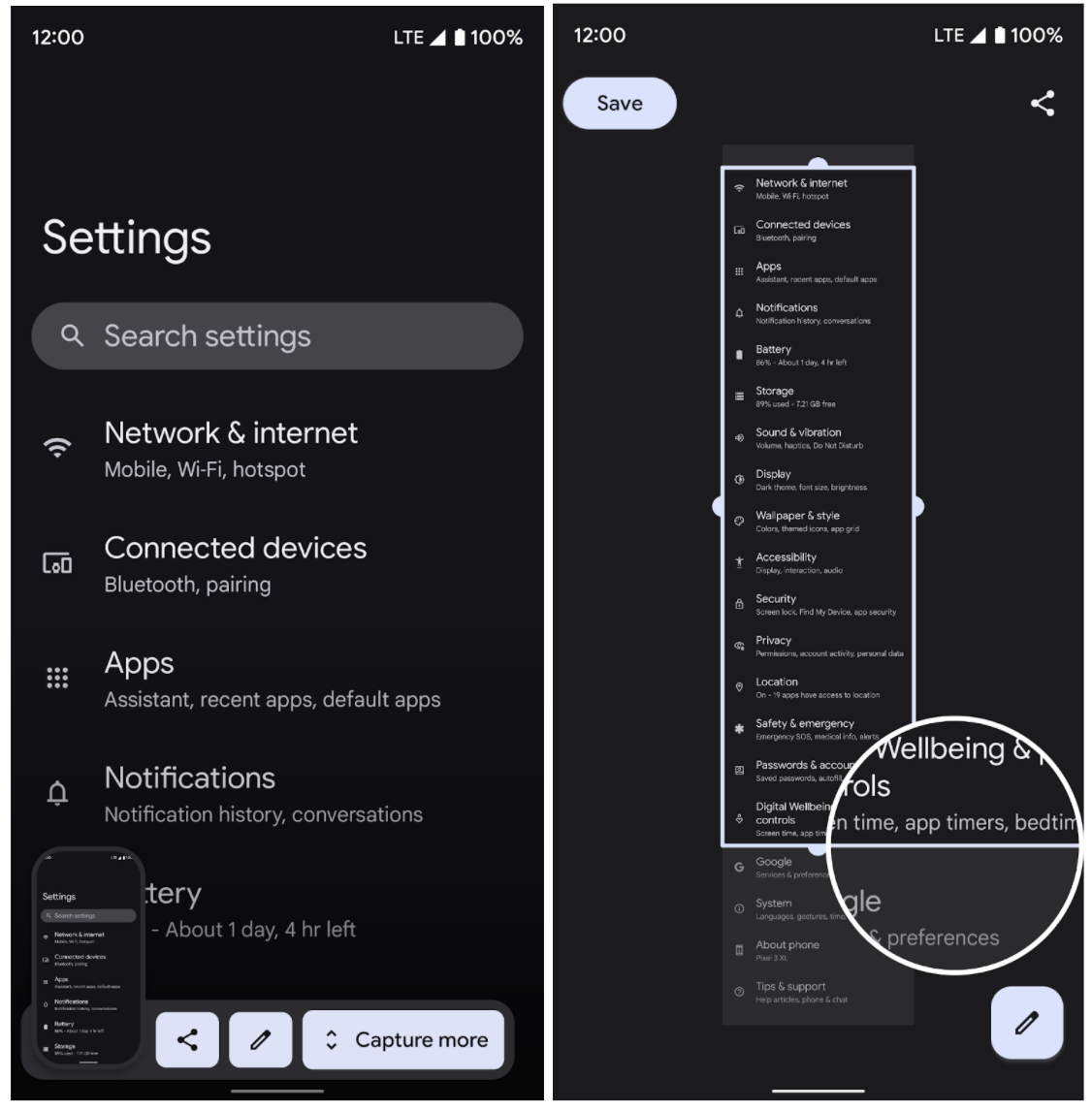


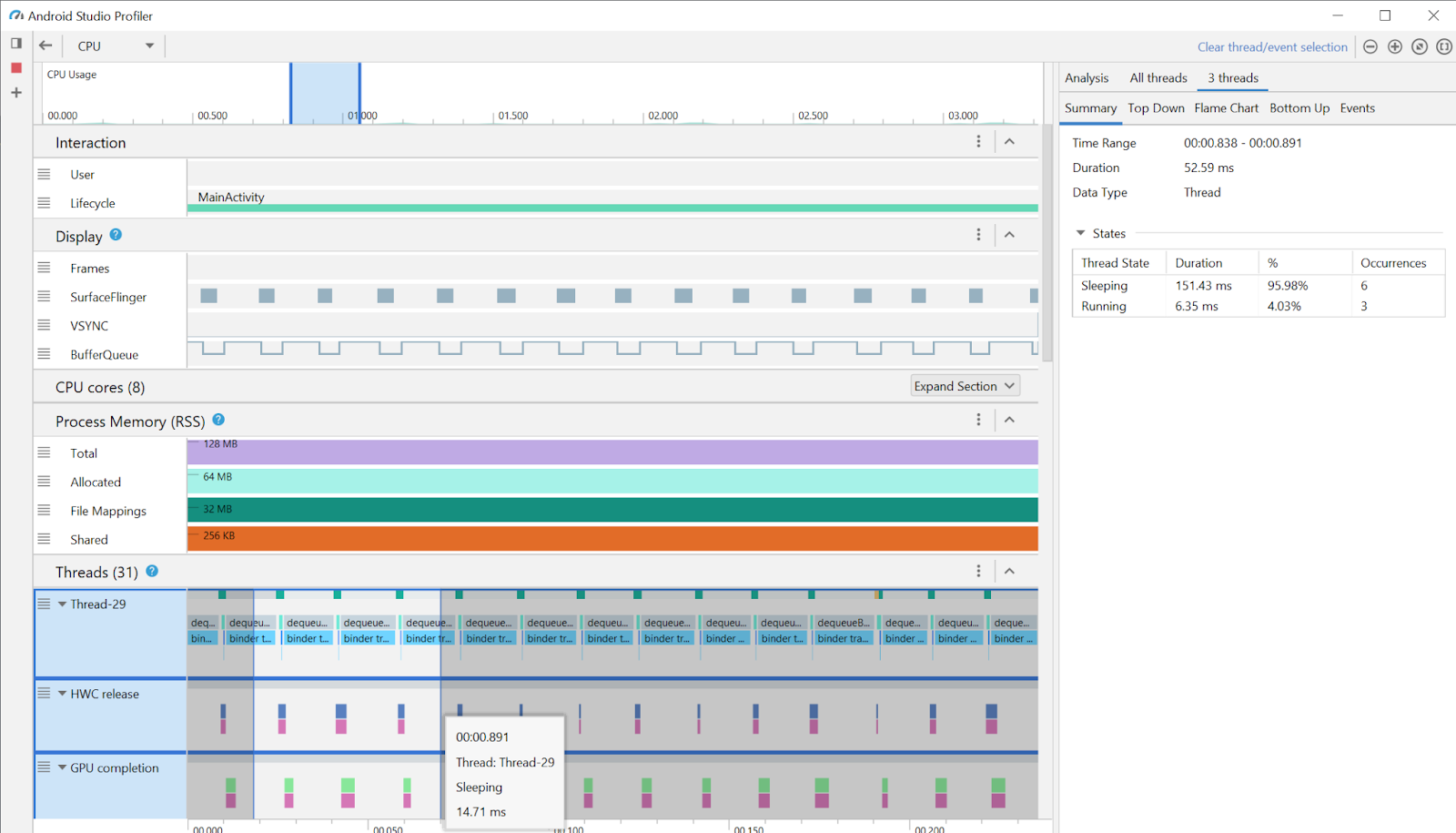 Posted by Lily Rapaport, Product Manager
Posted by Lily Rapaport, Product Manager
